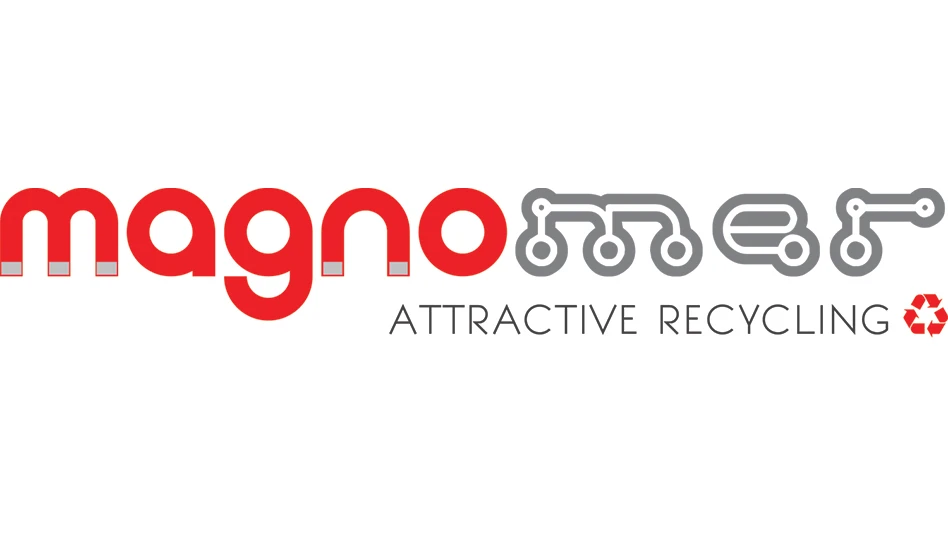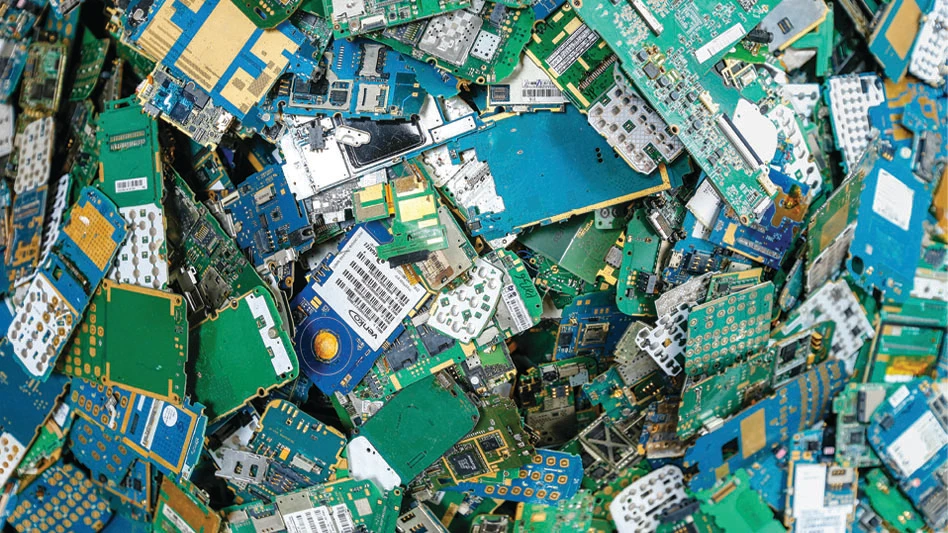Summarizing the past 15 months in the steelmaking and ferrous scrap sectors at a recent workshop, an industry observer commented that if 2018 was a picnic for scrap dealers, it was “a massive house party” for steelmakers, many of whom enjoyed record profits during the year.
That observation came from Joe Eckelman, a senior pricing specialist at S&P Global Platts, who spoke at a workshop on ferrous scrap hedging and contract trading hosted by the Houston-based Mobius Risk Group in April in Los Angeles.
Eckelman, who is based in the Pittsburgh area, also noted that 2018 witnessed nearly unprecedented spreads between ferrous scrap pricing and that of finished hot-rolled coil (HRC) steel. While the spread often was in the $270-to-$330 per ton range, Eckelman said it “got away” and soared above $500 at times in 2018. With scrap prices falling in April, the spread looks poised to remain sizable this year.
The falling April pricing likely was tied in part to a boost in supply in March, with winter weather impacts abating and spring cleaning on the uptick.
A scrap buyer in Southern California says the demolition industry there “has been steady,” with “a few major projects combined with fire season cleanups and, voilà, everyone’s trucks and shears are busy.”
On the outbound side, exporters are expressing concerns that overseas buyers are waiting for another price drop before placing orders. “West Coast container exports seem to be range-bound within a few dollars,” the Californian says as of mid-April. “I think most of the offshore buyers are waiting for U.S. domestic prices to adjust for May. If the scuttlebutt is true, then we can expect to see a $20 drop.”
The recent history and the 2019 prospects for the ferrous market were central topics of discussion at ISRI2019, the convention hosted by the Institute of Scrap Recycling Industries (ISRI) in Los Angeles April 8-11.

In a session on business succession planning, Vince Pappalardo, who is based in the Chicago office of investment banking company Browns Gibbons Lang & Co., also pointed to the spread between scrap prices and finished steel, citing factors causing the wide margin.
Although consolidation has occurred within the scrap industry, it “is still largely fragmented with many small-scale and independently operated companies scattered throughout the United States,” Pappalardo said.
That contrasts with the more consolidated steel industry, he observed, where negotiating leverage has been gained not only because of scale but also because electric arc furnace (EAF) steelmakers have sought “a more targeted approach to become self- sufficient in raw materials.”
“I think most of the offshore buyers are waiting for U.S. domestic prices to adjust for May. If the scuttlebutt is true, then we can expect to see a $20 drop.” – a Southern California trader
Nucor Corp.’s ownership of David J. Joseph Co., Steel Dynamics’ ownership of OmniSource and the networks of scrap yards owned by Commercial Metals Co., Gerdau and Schnitzer Steel Industries put significant scrap processing capacity in the EAF steel producers’ hands.
In his presentation, Eckelman also noted Nucor’s direct-reduced iron (DRI) facility in Louisiana, which, after struggling with technical issues in 2016 and 2017, is now producing at levels to help supply that company’s furnaces in the U.S. Southeast.
With exporters reluctant to buy in the spring, scrap processors are more dependent on the appetite of domestic mills to keep inventory turning.
Figures from the American and Iron Steel Institute (AISI), Washington, for the week of April 7-13 paint a positive picture, with output up year over year for U.S. steelmakers.

Domestic steel output that week checked in at more than 1.9 million tons (up by 7.6 percent compared with the same week in 2018) for an 82.3 percent capacity rate.
The April 7-13 output figure was down by 0.7 percent, however, compared with the previous week, when mills were running at an 82.8 percent capacity rate.
The news year to date remains positive, though, with output through April 13 standing at slightly more than 28 million tons. The year-to-date capacity rate stands at 81.9 percent.
Those figures compare favorably with 2018, with output up 6.8 percent from the 26.2 million tons produced in the same time frame last year, when the average capacity rate was just 76.4 percent.
The AISI’s regional breakdown shows the U.S. South in the leading steel output role in early April, with mills in that region having produced 748,000 tons the week of April 7-13.
Close behind the South is the AISI’s Great Lakes district, which produced 725,000 tons that week. Lagging behind those two leading districts are the Northeast at 184,000 tons, the Midwest with 183,000 tons of output and the Western district with 75,000 tons of production for the week.

Explore the May 2019 Issue
Check out more from this issue and find your next story to read.
Latest from Recycling Today
- Haber raises $44M to expand to North America
- Canada Plastics Pact releases 2023-24 Impact Report
- Reconomy brands receive platinum ratings from EcoVadis
- Sortera Technologies ‘owning and operating’ aluminum sorting solutions
- IDTechEx sees electric-powered construction equipment growth
- Global steel output recedes in November
- Fitch Ratings sees reasons for steel optimism in 2025
- P+PB adds new board members





